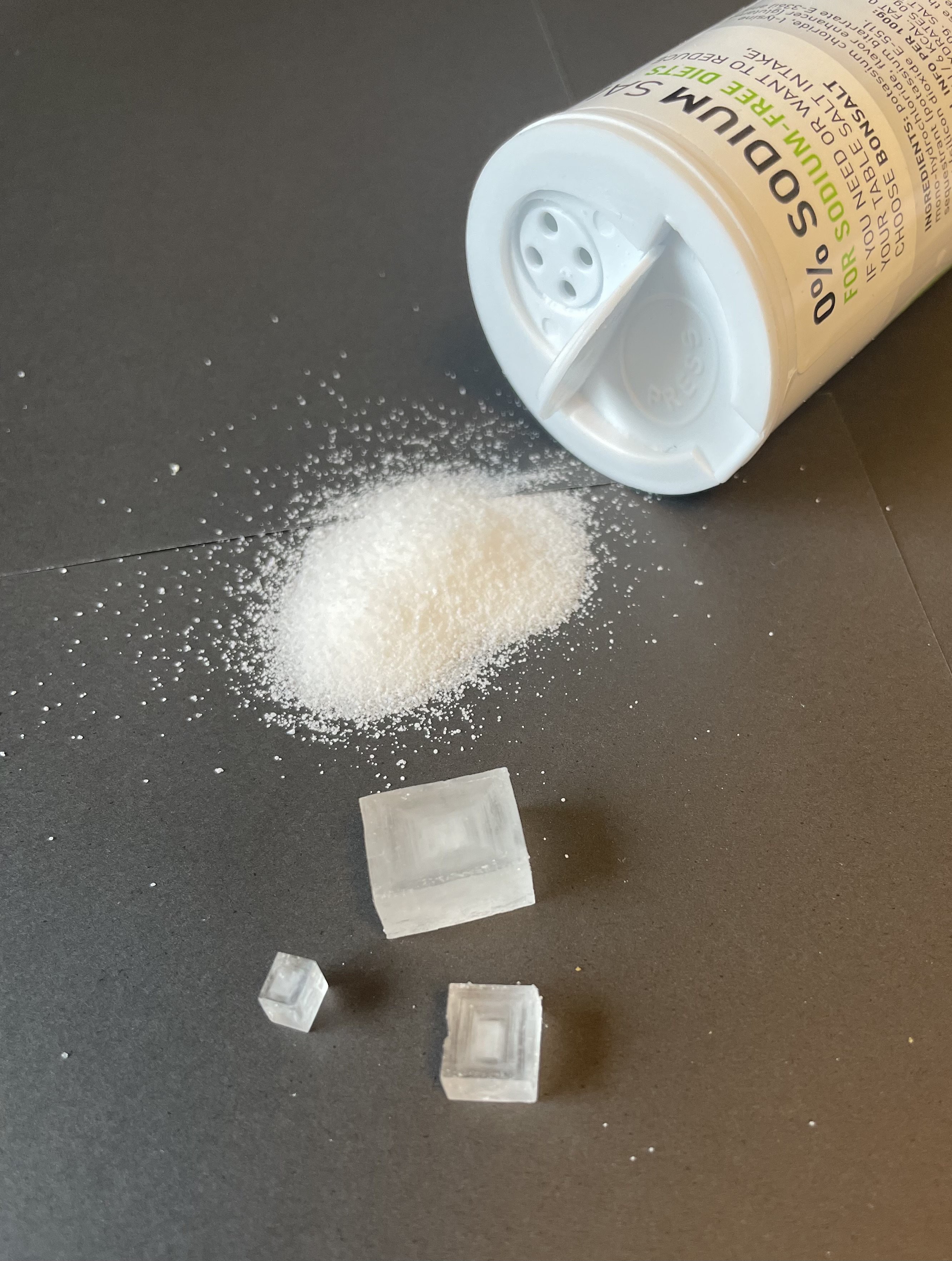Using PIN diodes as particle detectors has been demonstrated before. Ionising radiation can create charge carriers in a photodiode, similar to how they detect light. This concept has been used in a few DIY particle detectors. A famous design has been created at CERN. It is a really cool idea that teaches a lot of things, but requires soldering equipment and a bit of electronics knowledge to recreate.
With this project I want to create a cheap (<10 $ in low quantity) teaching tool. A particle detector that can be handed out to students, that they can assemble themselves and that gives a hands on experience with the basics of particle physics and radiation safety.
Here are the requirements that I set out with:
- No soldering => single sided assembly
- Noise is an issue => Include digitiser on the same PCB
- Minimal risk to personal devices of students => USB powered
- Programmable without special tools => RP2040
- Supports MicroPython -> Simple to learn
Choosing to use USB has some consequences: We only get ca. 5 Volt to work with. Semiconductor detectors have a larger sensitive volume at higher voltages, that would be advantageous. But hey, there is no free lunch. A voltage converter could have been added to the design. As a voltage converter adds cost, complexity and noise, I decided against it.
When using photodiodes as particle detectors, they can mainly detect Beta radiation. Alpha particles are comparatively bulky and are blocked by the transparent plastic that covers most photodiodes. Gamma radiation has no problem with that, but also mostly just passes through the sensitive volume of the detector.
But a working detector for beta radiation can already teach quite a lot about particle physics and radiation safety:
- Semiconductor detector principles
- Measure Beta radiation sources (e.g. natural Kalium 40)
- Work with the data and waveforms from a real detector
- Managing noise sources: Light, electromagnetic noise, ground connections, ..
- Basic statistics of particles
- The inverse square law
- Measuring absorption coefficients
- ...
Safe but measurable sources of radioactivity
A particle detector is very boring when there is nothing to detect. Searching for sources of radiation in every day life can be super interesting, but it would be great to have a known working source to start with. My choice here is Potassium salt. Natural Potassium always contains a small fraction of radioactive Potassium-40 that emits beta radiation. It is completely safe to handle and even a legal food additive.
As potassium salt is very cheap to buy as a powder it is also a perfect test emitter to include in the bill of materials. Using a thin plastic bag of the powder is possible, but with a bit of patience it can also easily be grown into larger crystals.
In the image below you can see some crystals I grew. This was my first ever attempt, so they did not come out perfectly clear. But that doesn't affect their radioactivity :D
Overall this gives us another design goal: Be able to measure the comparatively low (radio)activity of potassium salt!

 Tim - DJ8TK
Tim - DJ8TK
Discussions
Become a Hackaday.io Member
Create an account to leave a comment. Already have an account? Log In.